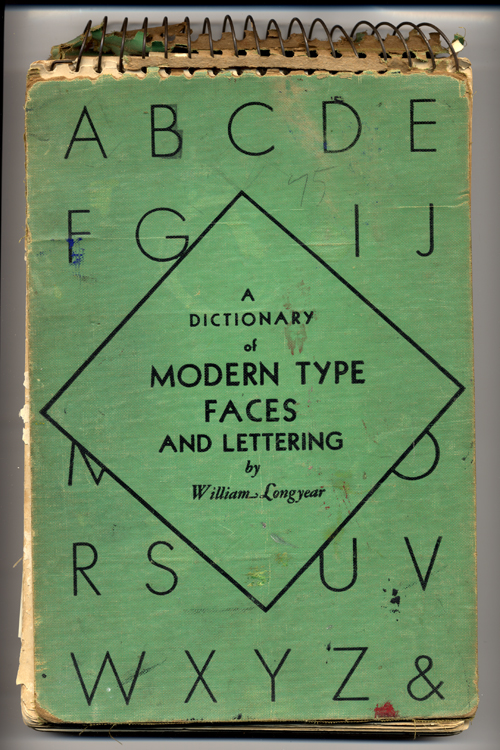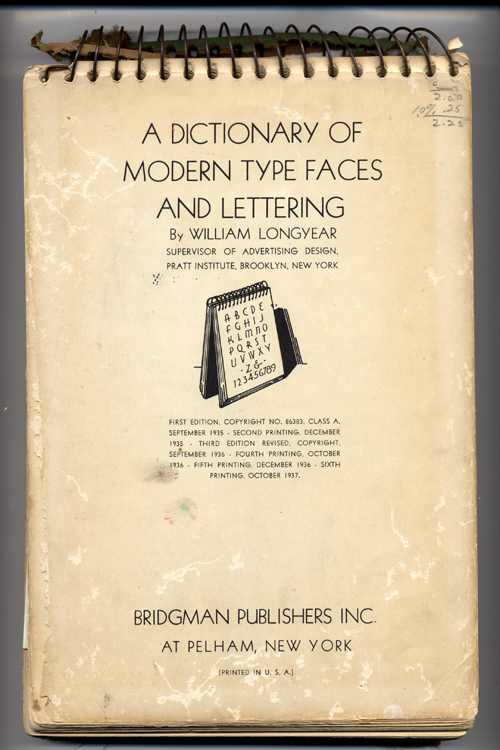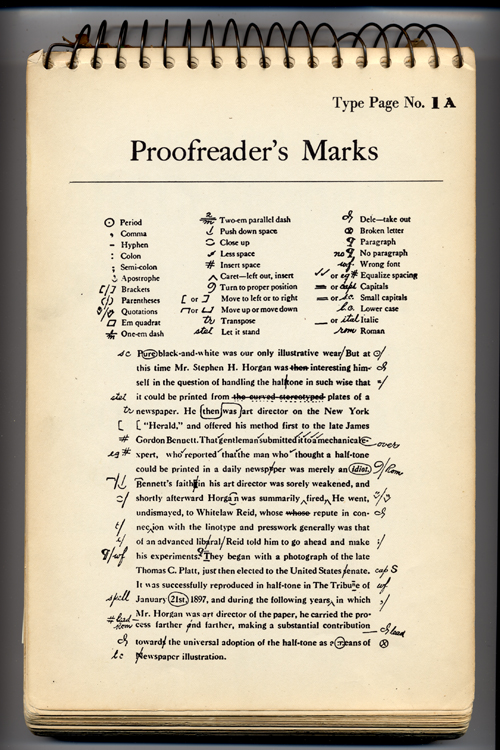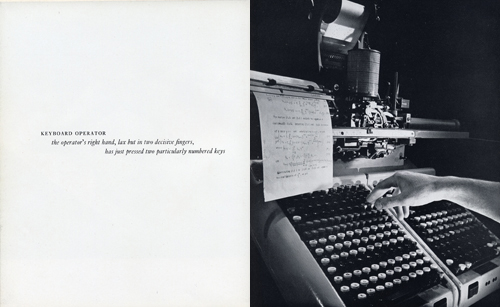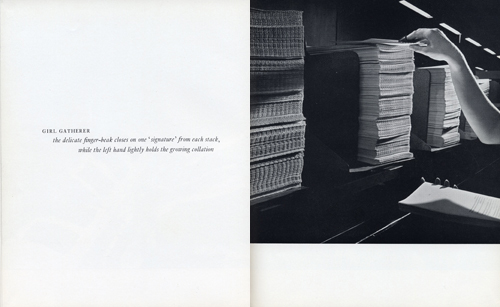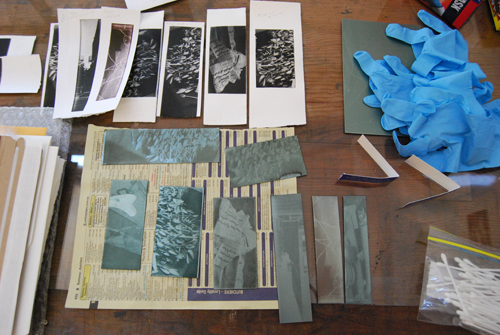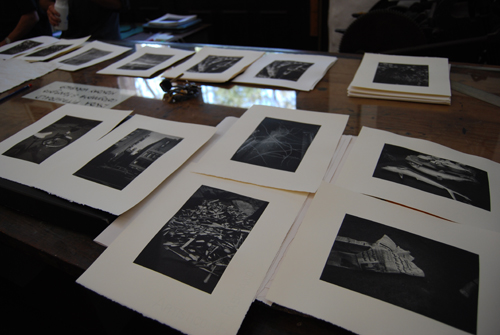More about craft, and me, and the weather
Here’s something I read the other night after I finally took my sorry, sad-sack self to bed:
David Trubridge (interviewed in the most recent issue of Dumbo Feather): …..That’s where I think craft is so important, because imbedded in craft is the model of caring. It’s not producing stuff to sell, to make a profit, to keep the shareholders of the business happy. It’s making stuff because you want to make it, and you care about making it, and you use the best materials and processes because you want it to last. It’s innate in craft that you care. I think that is really important, that we should elevate it more and give it more attention and place in our lives.Â
Yes, I thought, yes. It is about care, and attention, and if that sometimes spirals into a somewhat unhealthy preoccupation with perfection, well, then that’s the cost of caring. I feel a bit better about this now. Thanks, too, to those of you who sent messages of support and solidarity. At risk of offending former therapists, I find Twitter just as efficacious as psychotherapy. Â
*****
And, for Melbourne readers, something else I read recently which might strike a cord:
This is how Romans cope with the cold: every year everyone declares ‘it never gets this cold’ and in this way, even though it gets this cold every year, enough rhetorical heat is generated to get through the unseasonably seasonable cold. You are better off in a seriously cold place like England. – Geoff Dyer.Â
Sound familiar?













